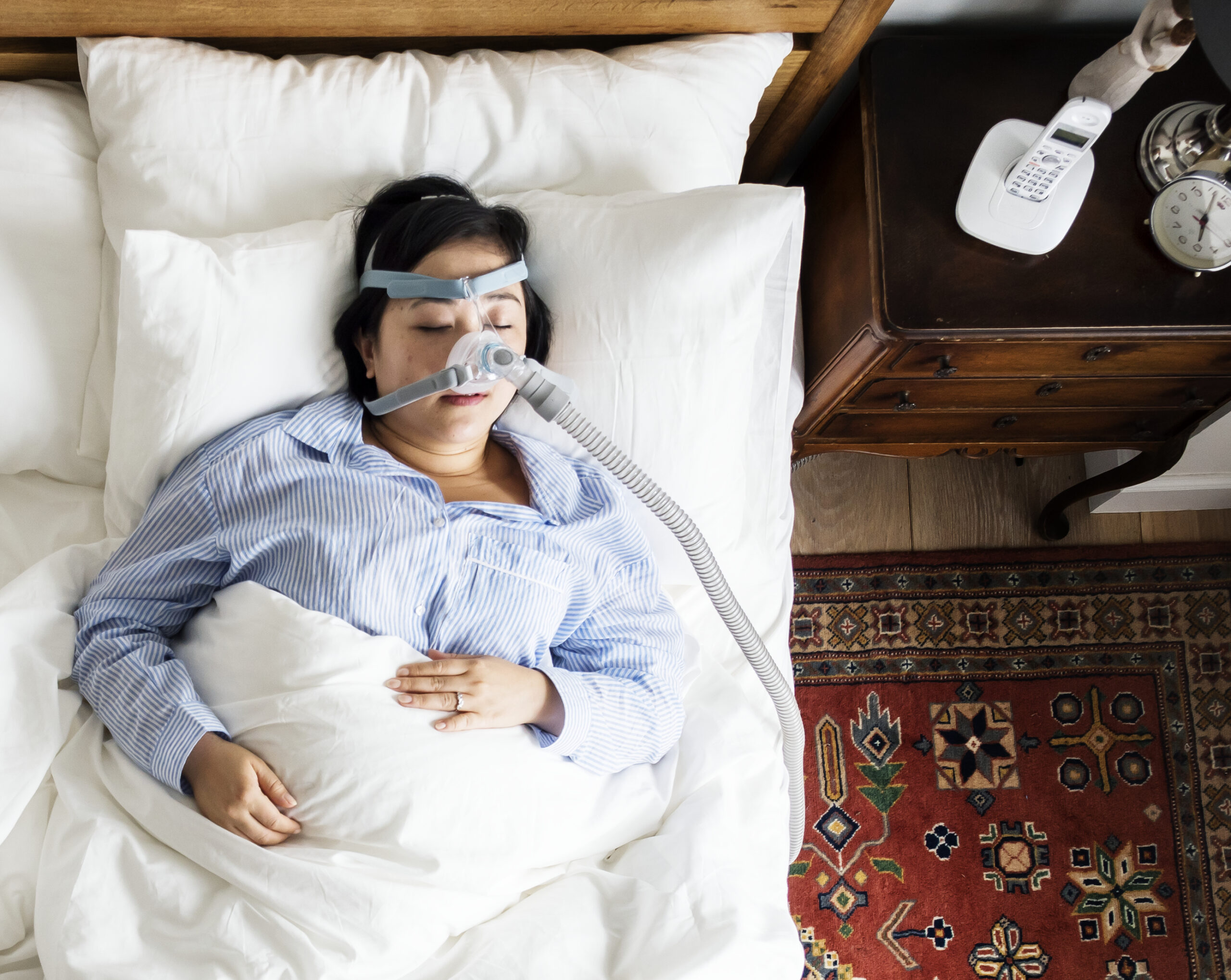
Breathing and Airway Support – Part 1: Dentists Can Make a Difference
By Steve Carstensen, DDS
“Hypoxic burden” is the challenge that the body has to low levels of oxygen on an intermittent basis. Our physiology has an adaptive capacity to manage hypoxic burdens. We can hold our breath. We can dive under water. We can go up in an airplane. We can live at different altitudes. When that adaptive capacity is exceeded, low oxygen places our physiology under stress. At the extreme level, organs are injured. Frequently occurring or sustained hypoxic burdens at lower levels lead to chronic disease conditions. These are chronic non-infectious diseases of inflammation.
As people sleep most keep their airway open. Whether they are on their backs or on their sides, they have an open airway and breathe through their noses. But 29 millions of us in the United States have some form of obstruction in their airway while they sleep. The general term for all levels is sleep-related breathing disorders. At the most serious level we call it obstructive sleep apnea.
Many of our patients have daytime breathing problems as well but during sleep a large percentage of our patients have intermittent hypoxia because their tongue occludes their airway and their oxygen levels drop. The brain kicks in when the body exceeds its adaptive capacity and wakes the patient up. Their physiology is under stress. They are not getting a restful night of sleep.
The Size of the Problem
Millions of people have some form of sleep related breathing disorder. The American Academy of Sleep Medicine commissioned Frost & Sullivan to do a study in 2016 that calculated the annual economic burden of undiagnosed sleep apnea among U.S. adults as approximately $149.6 billion (about $460 per person in the US). The estimated costs included $86.9 billion (about $270 per person in the US) in lost productivity, $26.2 billion (about $81 per person in the US) in motor vehicle accidents and $6.5 billion (about $20 per person in the US) in workplace accidents. There is no dispute about the size of the problem, but even the best efforts of dentists working in tandem with sleep physicians have not addressed the volume of people who would benefit from care.
Currently there is a shortage of Sleep Medicine specialists. The recent approximation is 7,500 but not all are practicing. Even if there were 10,000 diagnosing physicians, it is a small number compared to 193,000 practicing dentists. There is a consensus of leaders in the field who think there are a few thousand dentists actively treating sleep-related breathing disorders, but maybe only a few hundred delivering a significant number of devices per year. There need to be many more. We can incorporate airway assessment and patient education into our workflow to support the breathing and airway health of our dental patients. We can add more services to our practice mix to address their needs within our licensure. So, I am on a mission, if you will, to take this challenge to my Pankey Institute colleagues through a series of blogs and educational opportunities, starting here and in presentations during the Essentials continuum.
The Consequences of Sleep Fragmentation
During a normal night’s sleep, we’re supposed to go through cycles of light sleep, deep sleep and dream sleep (REM sleep). If you have a new baby, a new puppy or breathing disorders and your sleep is interrupted frequently because of these things, you’re not going to get a good night’s sleep. When fragmented sleep is created by a breathing-related sleep disturbance, we have cycles of apnea and arousals—intermittent hypoxia that leads to health problems.
Our patients may not call it sleep fragmentation. They may say I get terrible sleep. If they are not able to breathe well through the night every night for decades, there are pathophysiologic consequences. The worst are systemic inflammation, adrenergic activation, and oxidative stress. If the human body responds to chronic intermittent hypoxia after the adaptive process is exceeded, the body starts to break down. Manifestations include insulin resistance, hypertension, Type 2 diabetes, heart failure, atrial fibrillation, stroke, non-alcoholic liver disease, chronic kidney disease, cancers, and polycystic syndrome.
The respiratory system manages gas exchange in our bodies. It is the foundation of our physiology. We disrupt that and we allow the body to develop these other issues. Our patients complain they have had difficulty having these diseases diagnosed and treated. But now we have ways to intervene to prevent these problems upstream. We can do that as dentists.
Breathing and airway support is a powerful place for dentists to impact the whole-body health of those we serve.
Related Course
TMD & Orofacial Pain: Managing Complex Patients
DATE: January 29 2025 @ 8:00 am - February 2 2025 @ 1:00 pmLocation: The Pankey Institute
CE HOURS: 37
Dentist Tuition: $ 7200
Single Occupancy with Ensuite Private Bath (per night): $ 345
THIS COURSE IS SOLD OUT TMD patients present with a wide range of concerns and symptoms from tension headaches and muscle challenges to significant joint inflammation and breakdown. Accurate thorough…
Learn More>






